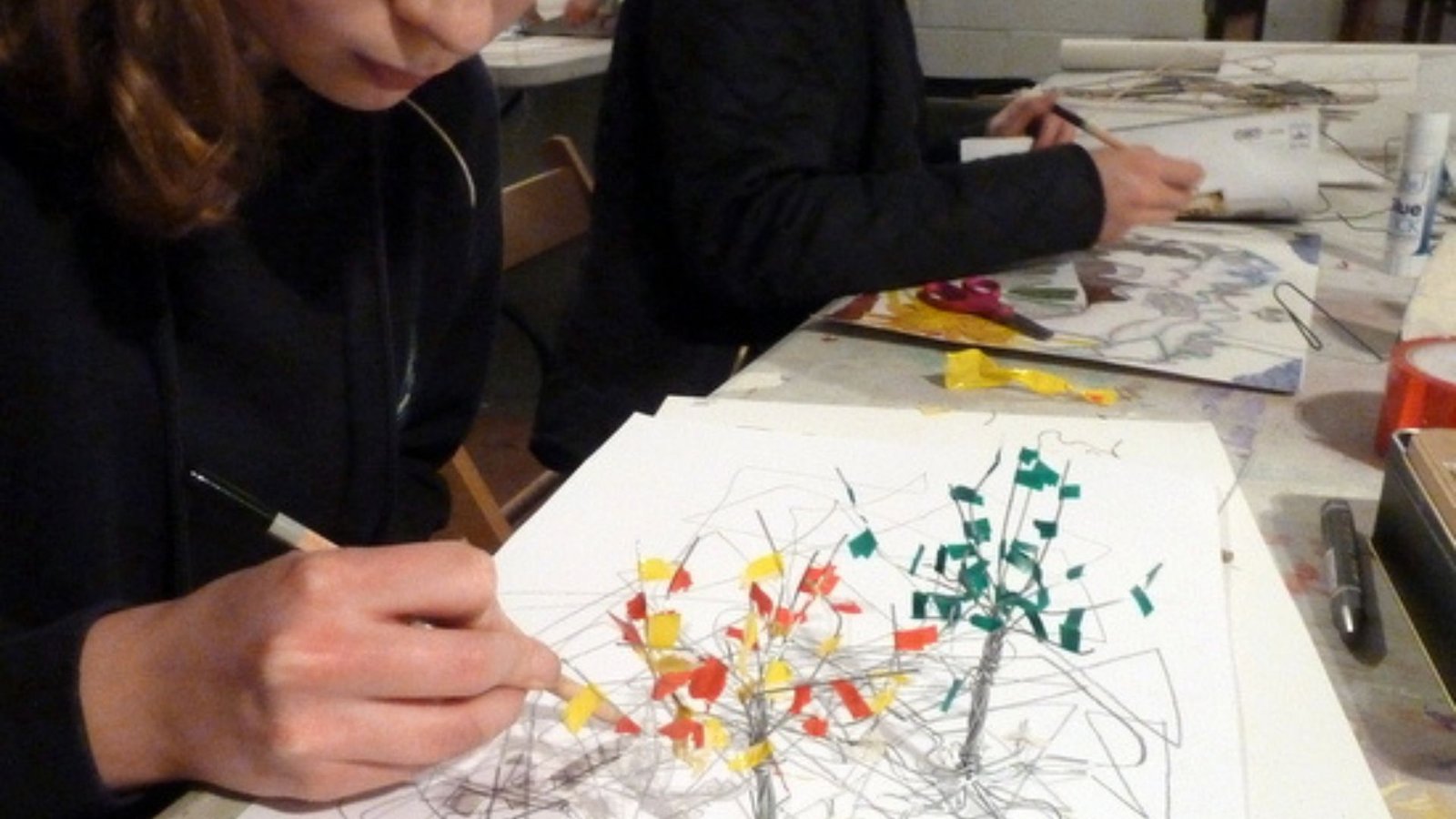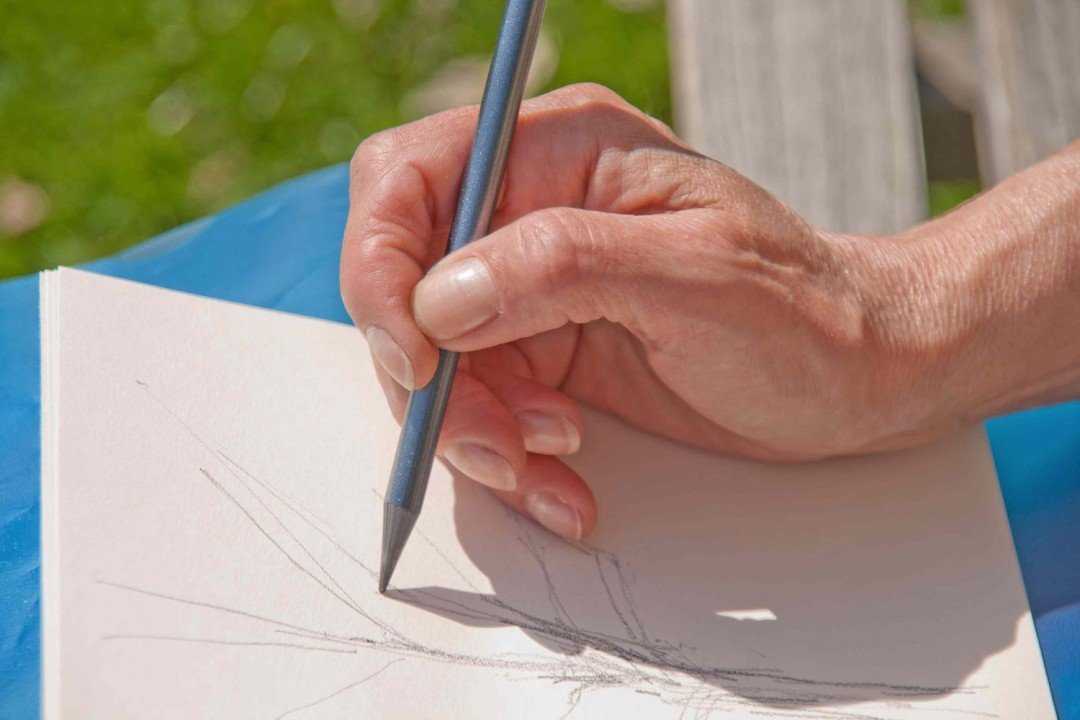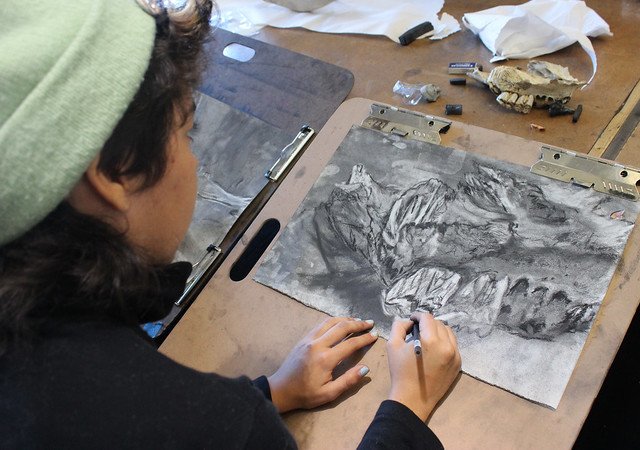New media is revolutionizing the world of visual art by introducing digital technology, interactive elements, and innovative techniques. This transformation is broadening the possibilities for artists and changing how audiences experience art. In this blog post, we will explore the impact of new media on visual art and highlight some exciting ways artists are using these technologies to push creative boundaries.
Understanding New Media in Visual Art
Firstly, new media in visual art refers to the use of digital and technological tools to create and present artworks. This includes everything from digital painting and computer-generated imagery to interactive installations and virtual reality. By incorporating these technologies, artists can experiment with new forms and methods that were not possible with traditional media alone. New media allows for the creation of dynamic and multifaceted artworks that engage viewers in innovative ways.
Integrating Digital Technology
One of the most significant aspects of new media in visual art is the integration of digital technology. Digital tools such as graphic design software, 3D modeling programs, and digital cameras enable artists to create detailed and complex works with precision. For example, digital painting programs allow artists to experiment with different textures and effects that would be difficult to achieve with traditional paints. Additionally, digital technology facilitates the production of high-resolution prints and multimedia artworks that can be shared and experienced globally through online platforms.
Enhancing Interactivity
Another exciting development in new media is the incorporation of interactivity into visual art. Interactive art engages viewers by allowing them to influence or participate in the creation of the artwork. This can take many forms, such as interactive installations where viewers can control elements of the piece through sensors or touchscreens. For instance, an artwork might change its colors or patterns based on the movements or inputs of the audience. This interactivity transforms the viewer from a passive observer into an active participant, creating a more engaging and personalized experience.
Exploring Virtual and Augmented Reality
Virtual reality (VR) and augmented reality (AR) are also playing a significant role in new media art. VR allows artists to create entirely immersive environments that viewers can explore using VR headsets. These virtual spaces can be as expansive and imaginative as the artist desires, providing a unique way to experience art. AR, on the other hand, overlays digital elements onto the physical world through devices like smartphones or AR glasses. This technology can enhance traditional artworks by adding interactive layers or contextual information, blending digital and physical realities in fascinating ways.
Experimenting with Multimedia Art
New media also encourages the exploration of multimedia art, which combines various forms of media to create a cohesive piece. Multimedia artworks might include video, sound, animation, and interactive components, offering a rich and layered experience. For example, an artwork might feature a video projection alongside traditional painting, with audio elements that respond to the viewer’s presence. This blending of different media creates a more immersive and multi-sensory experience, expanding the ways in which art can be presented and perceived.
Expanding Artistic Boundaries
By embracing new media, artists are pushing the boundaries of traditional art forms and exploring new possibilities. New media provides tools for creating art that is not only visually striking but also conceptually innovative. Artists can experiment with algorithms, data visualization, and generative art, where computer programs create or influence the artwork. These techniques allow for the creation of art that evolves over time, responds to external inputs, or challenges conventional notions of authorship and creativity.
Addressing Challenges and Opportunities
While new media offers exciting opportunities, it also presents challenges. Artists must navigate technical complexities and consider how to present and preserve digital works. Additionally, there are questions about accessibility and the impact of technology on the art world. However, these challenges also inspire new solutions and approaches, encouraging artists to think critically about how technology shapes their work and how it can be used to enhance artistic expression.
Conclusion
In conclusion, new media is transforming visual art by integrating digital technology, interactive elements, and innovative techniques. By embracing new media, artists are expanding their creative possibilities and offering audiences new and engaging ways to experience art. From digital tools and interactive installations to virtual and augmented reality, new media is reshaping the art world and pushing the boundaries of artistic expression. As technology continues to evolve, it will undoubtedly lead to even more exciting developments in the realm of visual art.




